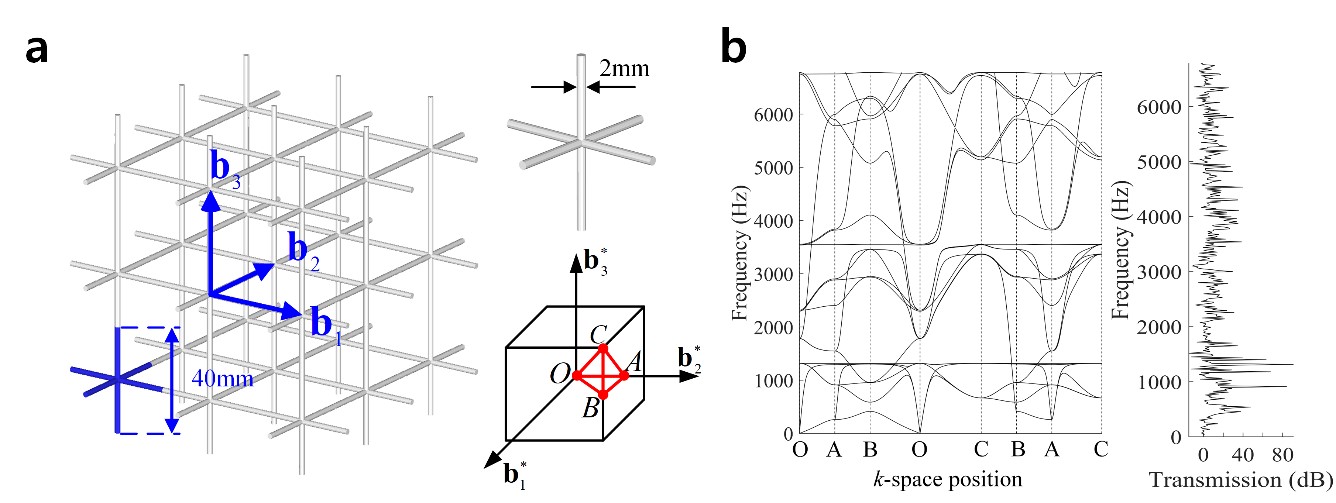- About
- Academics
-
Undergraduate Programs
- Civil and Environmental Engineering
- Architecture and Architectural Engineering
- Mechanical Engineering
- Industrial Engineering
- Energy Resources Engineering
- Nuclear Engineering
- Materials Science and Engineering
- Electrical and Computer Engineering
- Naval Architecture and Ocean Engineering
- Computer Science and Engineering
- Aerospace Engineering
- Chemical and Biological Engineering
-
Graduate Programs
- Civil and Environmental Engineering
- Architecture and Architectural Engineering
- Mechanical Engineering
- Industrial Engineering
- Energy Systems Engineering
- Materials Science and Engineering
- Electrical and Computer Engineering
- Naval Architecture and Ocean Engineering
- Computer Science and Engineering
- Chemical and Biological Engineering
- Aerospace Engineering
- Interdisciplinary Program in Technology, Management, Economics and Policy
- Interdisciplinary Program in Urban Design
- Interdisciplinary Program in Bioengineering
- Interdisciplinary Program in Artificial Intelligence
- Interdisciplinary Program in Intelligent Space and Aerospace Systems
- Chemical Convergence for Energy and Environment Major
- Multiscale Mechanics Design Major
- Hybrid Materials Major
- Double Major Program
- Open Programs
-
Undergraduate Programs
- Research
- Campus Life
- Communication
- Prospective Students
- International Office
Optimization of Three-Dimensional Meta Structure that Blocks Low Frequency Transmission
-
Uploaded by
관리자
-
Upload Date
2019.09.24
-
Views
583
Optimization of Three-Dimensional Meta Structure that Blocks Low Frequency Transmission
- Developed Isogeometric Optimization Method to Create Lattices with Maximized Band Gaps
- Can be Used to Make Parts for Ships, Automobiles and Other Transportations
- Can be Used to Build Noise Barriers for Buildings and Roads

▲ Professor Seonho Cho of the Department of Naval Architecture and Ocean Engineering
- Can be Used to Build Noise Barriers for Buildings and Roads

▲ Professor Seonho Cho of the Department of Naval Architecture and Ocean Engineering
SNU College of Engineering (Dean Kookheon Char) announced on 15th that the research team led by Professor Seonho Cho of the Department of Naval Architecture and Ocean Engineering has succeeded in designing two- and three-dimensional lattices with very large complete band gaps at low audible frequency ranges. This research is anticipated to bring a breakthrough in vibration reduction technology.
Meta structures that reduce the transmission of low frequency elastic waves are receiving much attention as advanced materials that can be used for vibration and noise mitigation in ships and automobiles. This newly developed lattice structure not only demonstrates great sound absorption capabilities but also has stability, allowing the material to replace sound-absorbing sponges and mufflers that are currently used in offshore plants and special-purpose ships. Furthermore, it is expected to be used in the development of lightweight composite panels for stealth ships.
The research team introduced bang gaps of single material systems to the design of this new meta structure. The conventional Bragg-type band gap requires large lattice structures to reduce the frequency range and the conventional local resonance band gap requires a supplementary substance or device to induce resonance at low frequency ranges. That is, both conventional band gaps have limitations.
In order to overcome such limitations, the team maximized the band gap at low frequency ranges by precisely manipulating the two- and three-dimensional lattices using the isogeometrtic optimization method. The three-dimensional structure in the research demonstrated near-zero transmission when external excitation at 160 to 1,000Hz was applied. The test assured the effectiveness and versatility in engineering applications of the maximized band gap structure.
Professor Cho stated, “We have acquired a core technology in structural designs to control elastic waves. This research will have great impact on the development of materials and devices for noise and vibration cancellation and reduction.”
The research findings were published online on the Scientific Reports on July 10th. The research was conducted with the support of the Research Leader Program of the Ministry of Science and ICT and the National Research Foundation of Korea.

▲ Figure 1. Frequency Band Structure and Response Property of Simple Cube Lattice
As shown in Figure 1a, the Simple Cube Lattice is a repetition of unit lattices in the direction of base vectors (b1, b2, b3). This model lattice has a ligament diameter of 2mm and a length of 40mm. The minimum Brillouin region required for the periodicity and symmetry of simple cube lattice is a tetrahedron like the O-A-B-C figure shown in red.
As shown in Figure 1b, frequency at each point does not demonstrate a complete band gap and the transmission is consistent throughout the frequency range.
▲ Figure 2. Frequency Band Structure and Response of Wavelike Lattice
Figure2b is created when the ligaments of simple cube lattice are undulated (as shown in Figure 2a). A complete band gap in the frequency range of 3,200~3,600Hz forms and the level of transmission drops significantly at this range. Through the isogeometric optimization, ligaments can be altered to the form of Figure 2c and a complete band gap forms in the frequency range of 160~1,000Hz (Figure 2d).